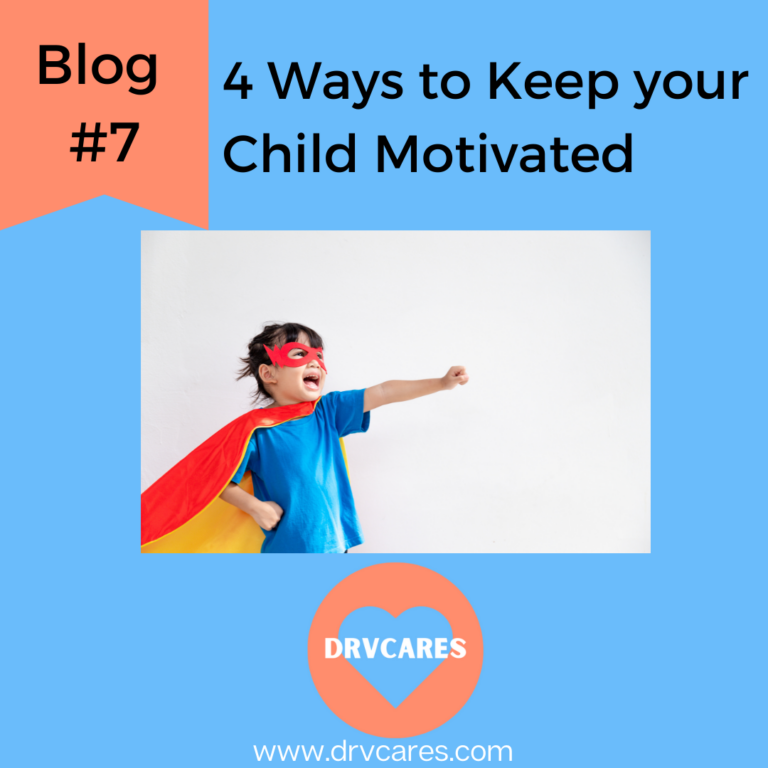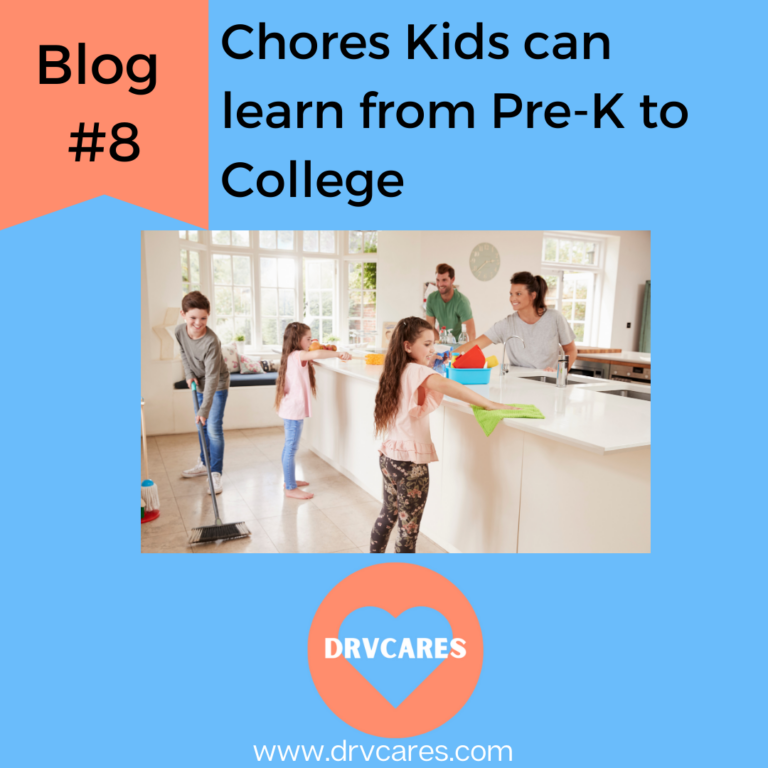September 2, 2020
Hi there! I can’t believe it’s September! This year is really flying by! I hope that you found the information from the last two weeks helpful and that you tried implementing it with your kids or maybe even yourself, if you are learning something new. You’re never too old to learn something new!
So, welcome to Part 3 of Guaranteed Ways to Learn. Today, we are going to talk about memory. If you look online there are lots of websites dedicated to helping keep your memory sharp. I think it’s one of the things many people worry about with age. (*5-7% of people 65+ suffer from dementia and as high as 25-50% of people over 85.)
Memory is a complex topic. To simplify it we are going to think of memory as two types:
1) Long term memory
2) Short term memory
You can think of long term memory as a huge warehouse filled with information and memories that you have gathered over time. The more you go into the warehouse to get what you need, the easier it is to find. However, if we haven’t tried to access it in a while, it can be buried behind lots of new memories that we’ve accumulated. Those buried memories can be hard to find!
Short term memory is the kind of memory that we use every day. If you are learning something new, usually you are using your short term memory to figure it out. The problem with short term memory is, you guessed it…it’s SHORT! This means that if you don’t practice what you’re learning then you won’t remember it. The best way to use short term memory is with spaced repetition.
Spaced repetition is simply repeating what you are trying to learn, over and over. This is what we do when we are trying to learn new vocabulary words or someone’s phone number (although these days many of us don’t know anyone’s phone number!). The key to using spaced repetition is repeating things over a few days instead of trying to cram it in all in one sitting. The brain works best when it sees something over and over across the span of several days. So make sure when practicing something with your child, or explaining this concept to them, the focus is on less cramming and more repetition over several days.
Research shows that if you try to memorize something twenty times in one sitting, it will not stick to your brain as effectively as if you practiced the same number of times over several days.
This of it like a brick wall. You lay some bricks, let it sit, place a new layer of bricks, let it sit, and then little by little you create a strong wall of information.
The ultimate goal is to convert what you’re trying to learn with your short term memory into long term memory. The best way to do this is with spaced repetition!
So there you have it, strategy #3. I hope you found this helpful! Give it a try with your kids if they are learning a new spelling list or memorizing your phone number (which I highly recommend!-Kids need to know their parent’s phone numbers!).
Lastly, like everything, the more you practice the better you get at it. Using techniques such as The Pomodoro Technique that we described last week and Spaced Repetition that we looked at this week, the more automatic it becomes. Creating new habits takes time and practice, even when it comes to learning!
So to recap, remember, instead of cramming new information all in one sitting, use The Pomodoro Technique and do 20-25 minutes of learning with breaks in-between and Spaced repetition – repeating what you’re learning over and over across the span of several days.
Have a wonderful week!
As always, sign up for my weekly newsletter, share with a friend and leave a comment. I love hearing from you!
Elizabeth Vainder, M.D.
If you missed the last 2 posts, click below to read them here:):
#52: 4 Guaranteed Ways to Learn Faster: Part 1(Opens in a new browser tab)
#53: 4 Guaranteed Ways to Learn :Part 2(Opens in a new browser tab)







One Comment
Comments are closed.